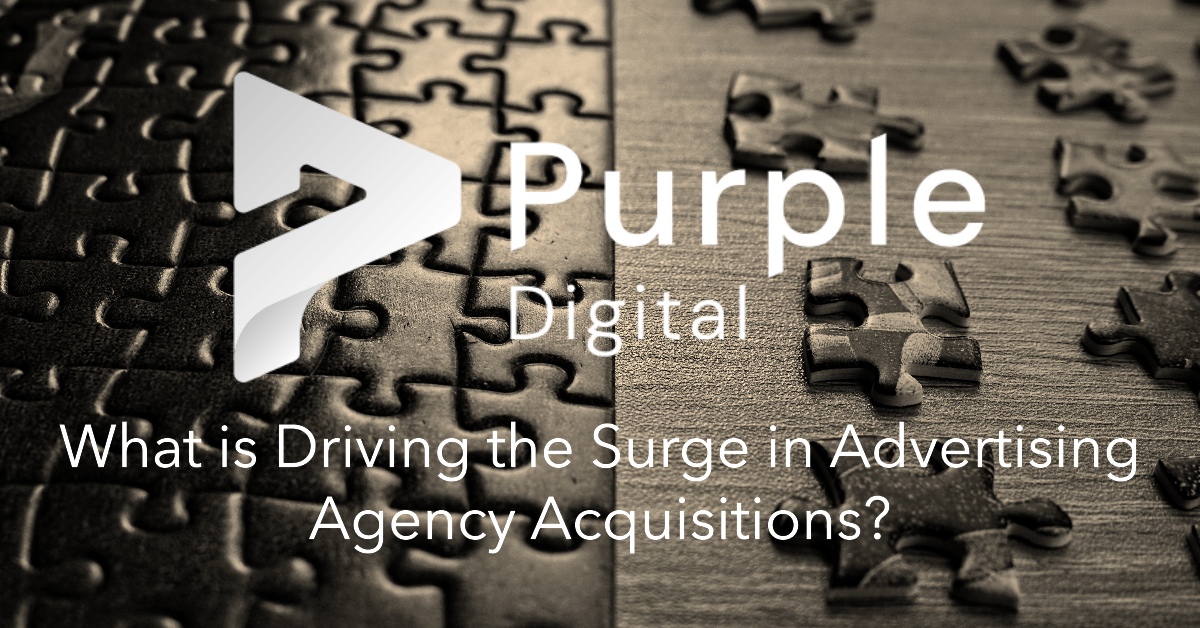
In the wake of the pandemic, major advertising and marketing firms are rapidly acquiring smaller agencies to better navigate economic uncertainties and maintain their competitive edge. This trend is driven by a need for stability and transformation, but is this consolidation truly beneficial?
Key players spearheading this trend include:
The ongoing wave of acquisitions is reshaping the advertising industry by consolidating resources and expertise. While this consolidation can lead to increased market power for major firms and foster innovation, it also has potential downsides. The centralisation of resources and expertise may reduce the variety of creative approaches available in the market. Smaller, innovative agencies are often crucial for driving new ideas, and their absorption into larger entities could stifle this creativity.
For customers, these changes may initially seem positive, with more personalised and efficient advertising due to enhanced data analytics and digital capabilities. However, the shift towards a few dominant players could lead to less diversity in advertising content and potentially lower quality, as larger firms may prioritise scale over innovation.
While the consolidation of smaller agencies by larger firms aims to create a more stable and technologically advanced advertising landscape, it also raises significant concerns. The merging of distinct creative talents and innovative approaches into larger, less nimble organisations could potentially stifle creativity and reduce market diversity. If this trend continues, it might not only reshape but potentially damage the advertising market, leading to a more homogenised and less dynamic industry. Are you heading towards the boring “one size fits all” model?
For more insights, check out Digiday and Ad Age.
#Advertising #Marketing #AdTech #MarTech #Acquisitions #PostPandemic #AdIndustry #DigitalTransformation
